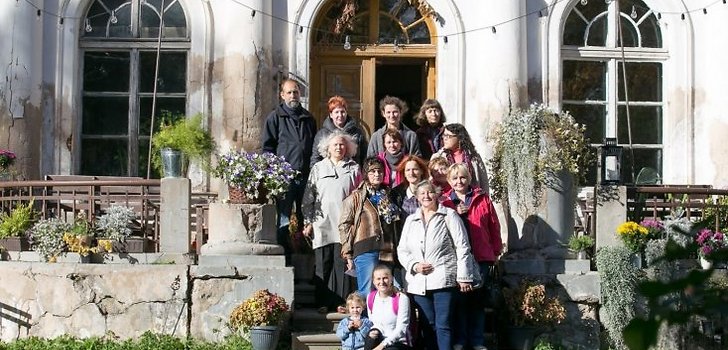In a conversation, knipling came up, which is a type of lace making. I am, and always have been, in awe of people who can make lace, regardless of technique. It’s one of those skills which elude me. Charly was kind enough to send me a photo of one of his mother’s pieces, which is gorgeous! Definitely click for full size. Charly explains: My mother is skilled at knipling, but she was never that good at making non-abstract designs. I am the opposite – I can make realistic designs, but not abstract ones. So sometimes when she has an idea for something that should resemble reality, she employs my skill. This knipled black swan design I drew for her a few years back from a picture she found on the internet. She then made the actual lace and framed it as a picture.
A beautiful example of art collaboration.
Here’s a bit on knipling, and all I can think is what a mess of it I would make:

























